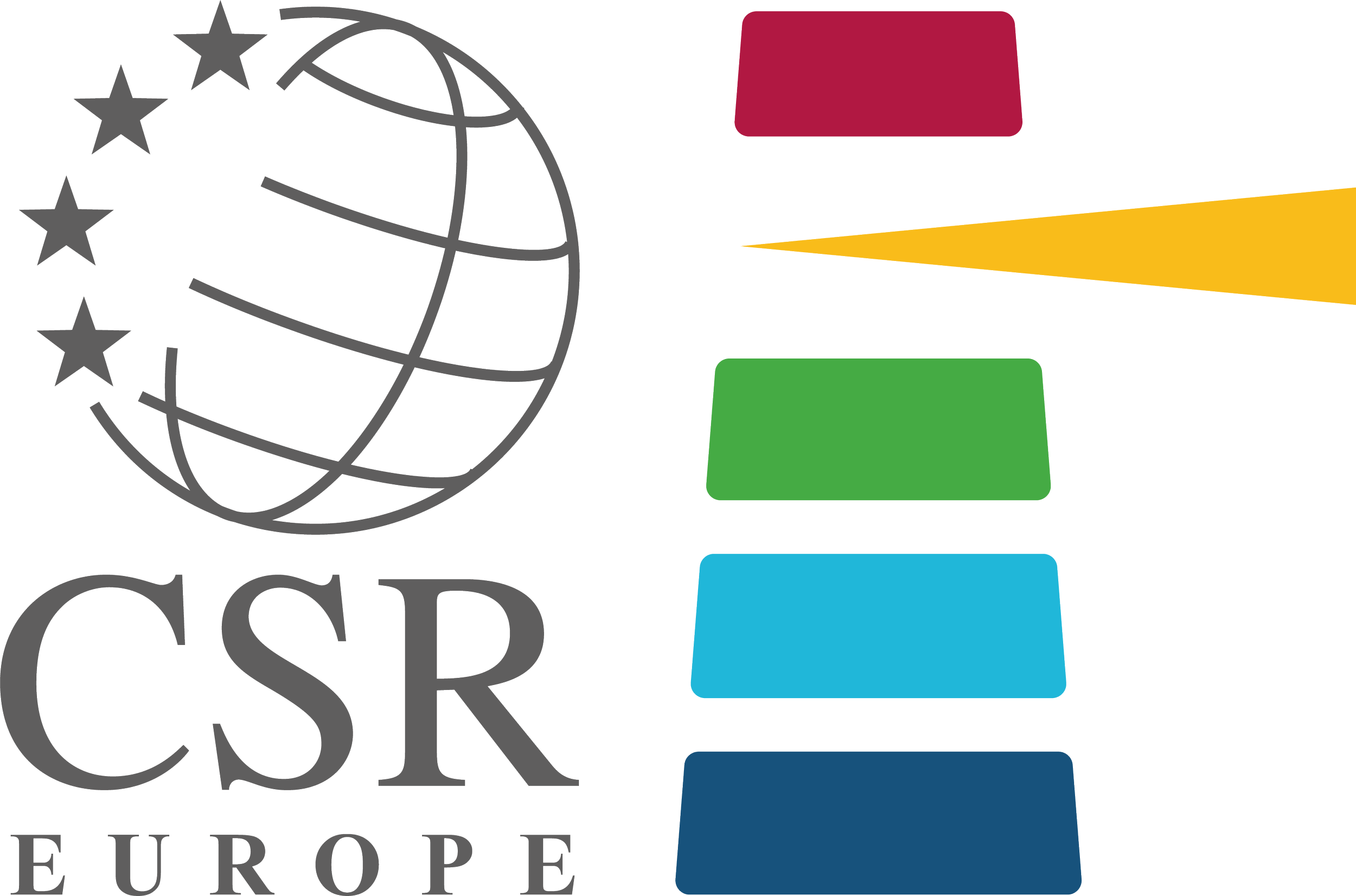Solvay and Veolia Launch Energy Transition Project
Solvay and Veolia are launching the construction of "Dombasle Énergie”, an industrial energy transition project aimed at replacing coal with refuse-derived fuel (RDF) for the production of clean and competitive energy for the historical Dombasle-Sur-Meurthe plant. The project will ensure the plant's competitiveness and reduce CO2 emissions by 50%.
The project consists of replacing three coal-fired boilers with a boiler room equipped with two furnaces running on RDF, produced from waste that cannot be recycled, allowing to halve the carbon footprint of the industrial activity and stop importing 200,000 tons of coal annually. The Dombasle-Sur-Meurthe site will have a cogeneration unit that uses 350,000 tons of RDF per year, supplied by Veolia as of 2024.
Dombasle Énergie will create a circular economy virtuous loop and in particular will:
Cut the site's environmental footprint (reduction of current CO2 emissions by approximately 50% or 240,000 tonnes of CO2 per year);
Stop the use of fossil fuels by replacing coal imported from abroad with RDF produced in France, primarily from the Grand Est region and neighboring regions;
Create a new outlet for waste that was initially non-recyclable and which will be transformed into green energy;
Reduce water usage by 7%.
“Our sustainable development roadmap, Solvay One Planet, aims in particular at carbon neutrality by 2050. To actively contribute to the emergence of a low-carbon society, we need to transform our plants to put in place sustainable and competitive alternative energies. This requires finding partnerships between private and public actors," says Ilham Kadri, CEO of Solvay. "We are delighted to partner with Veolia on this project which will enable us to move away from coal in our second soda ash plant, after Rheinberg in Germany.”
This conversion of the plant offers a real advantage in the context of volatile fossil fuel prices and the taxes imposed by European regulations on the use of coal. This gain in competitiveness allows the site to be sustained and the employment pool to be preserved with 1,000 direct and indirect jobs.
RELATED NEWS







